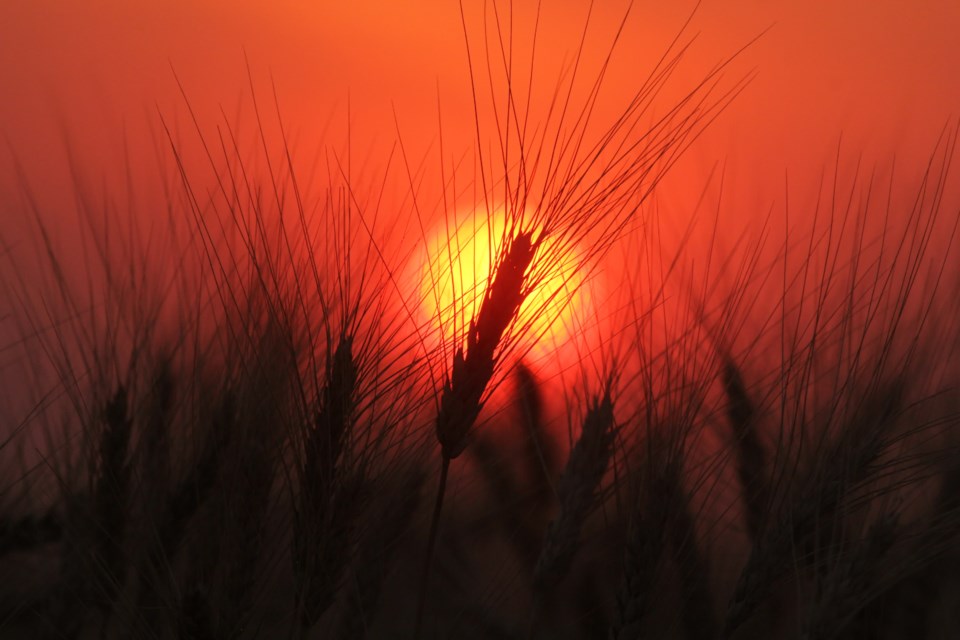YORKTON - Harvest is wrapped up in the region and for the large majority of producers, it was a very good year. A very late, wet spring did delay seeding well into June. Some producers were working at seeding right up until the seeding date cutoff set by SCIC. The late start had many producers thinking they would have a difficult harvest season. However, dry, warm weather in the fall allowed for rapid maturity and a relatively quick harvest. Fall field work has been restricted due to a slightly later harvest as well as increasingly dry soils especially in the Crop District 6A.
Crop yields are variable in the region. Most producers, however, are reporting either average or above average yields. Producers have indicated that some of their crop did not yield as well as they had expected but even these fields were still above the regional average. Early season rains as well as timely rains during the seed filling stage were the two largest contributors to increased yields this season. Some of the lower yields reported are from the Crop District 6A portion of the region where rainfall was slightly lower. Crop quality is good within the region. The majority of crops have been ranked in the top two quality categories, the largest factor that led to downgrading was the presence of disease.
Even with the large amounts of precipitation received in the region since April 1st, soil moisture levels have dropped significantly due to almost no rain since the end of August. Farmers would like to see a nice steady soaker rain in the region to ensure they have the moisture recharge they need before winter arrives. Cropland topsoil moisture is rated as 26 per cent adequate, 39 per cent short and 35 per cent very short. Hay and pasture land topsoil moisture is rated as 23 per cent adequate, 41 per cent short and 36 per cent very short.
Hay yields saw improvement this year due to a much larger amount of precipitation being received, especially in the early spring. This moisture allowed for hayland that struggled last year to finally recovery and preform at a normal level. Average hay yields on dry land are reported (in tons per acre) as: alfalfa 1.5; alfalfa/brome 1.7; other tame hay 1.3; wild hay 1.1 and greenfeed 2.1.
With an improved hay crop, livestock producers have indicated that they will have adequate to surplus hay, straw, greenfeed and feed grain heading into winter. Very few producers in this region are concerned about feed shortages, particularly of hay and greenfeed. Many producers do not have to consider reducing their herd size to match their feed inventories. Those with excess feed are selling it or storing it for future years.
Winter cereal acreage is expected to rise slightly for winter wheat and decrease for fall rye. Winter wheat acreage is expected to be up two per cent while fall rye acerage has fallen ten percent. Some producers who seeded fall rye have reported it did not germinate and it is too late for any moisture to allow it to emerge before the ground freezes.
Farmers are busy drying grain, hauling bales, working low spots and sloughs and bringing livestock home.




